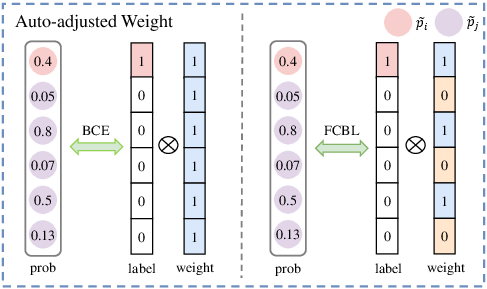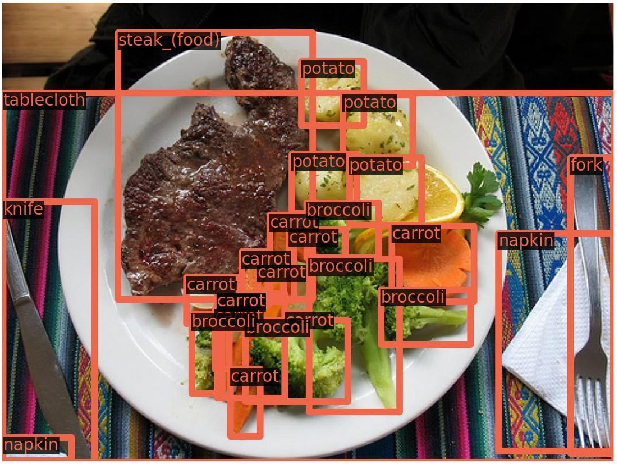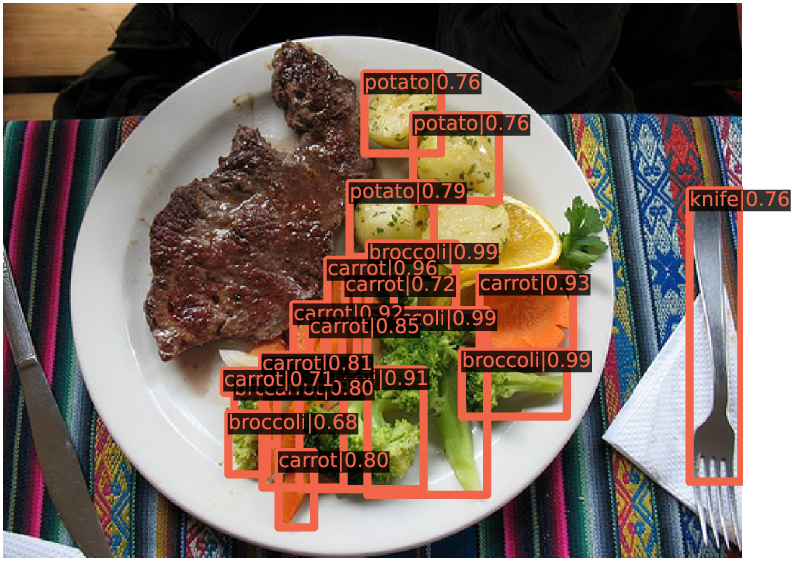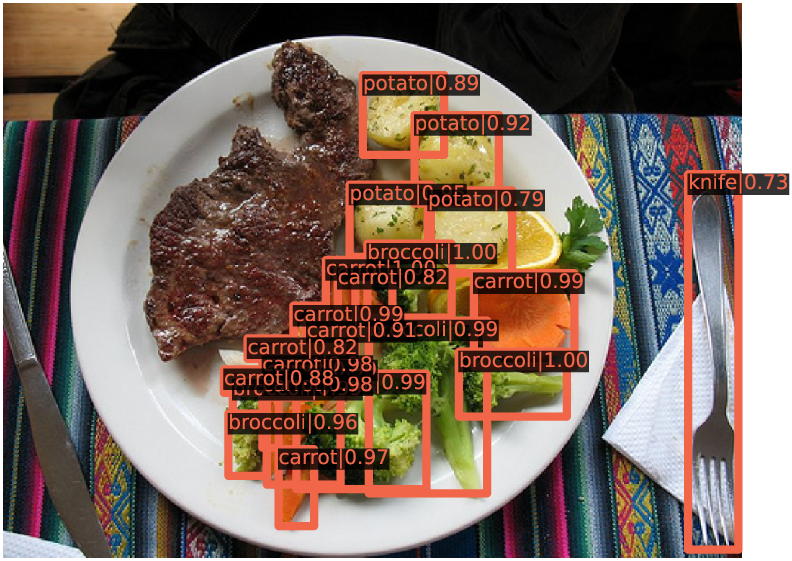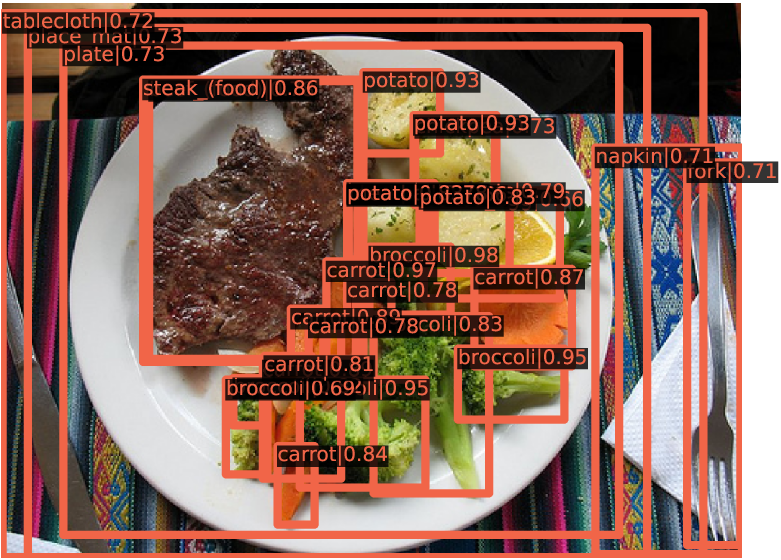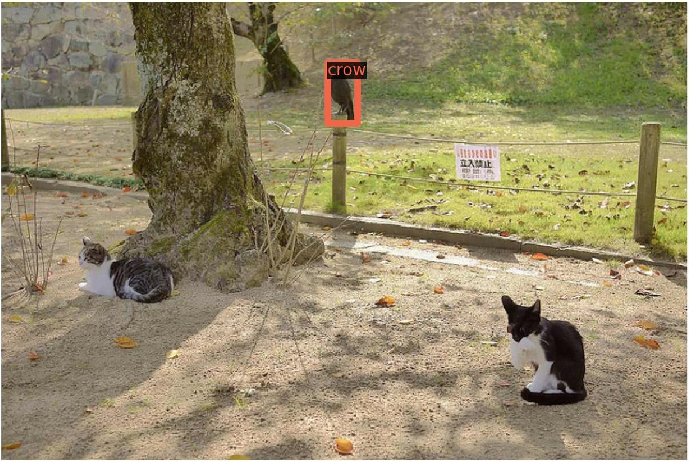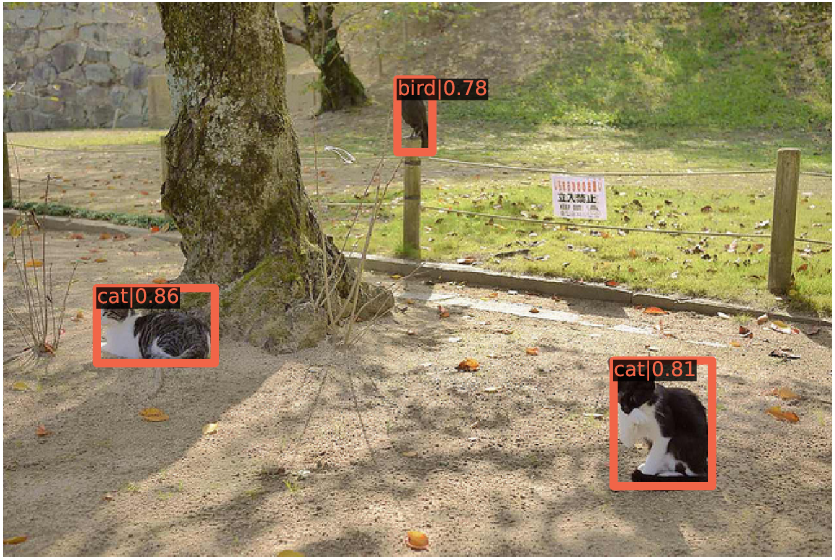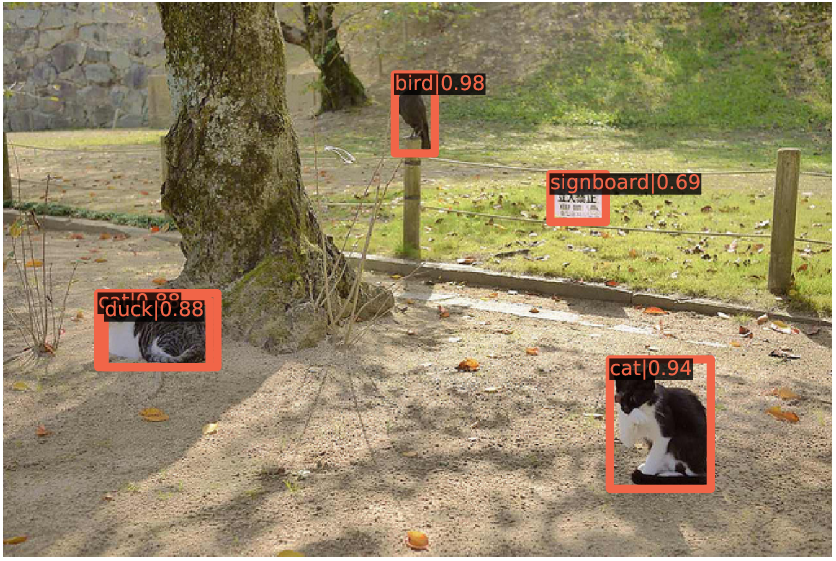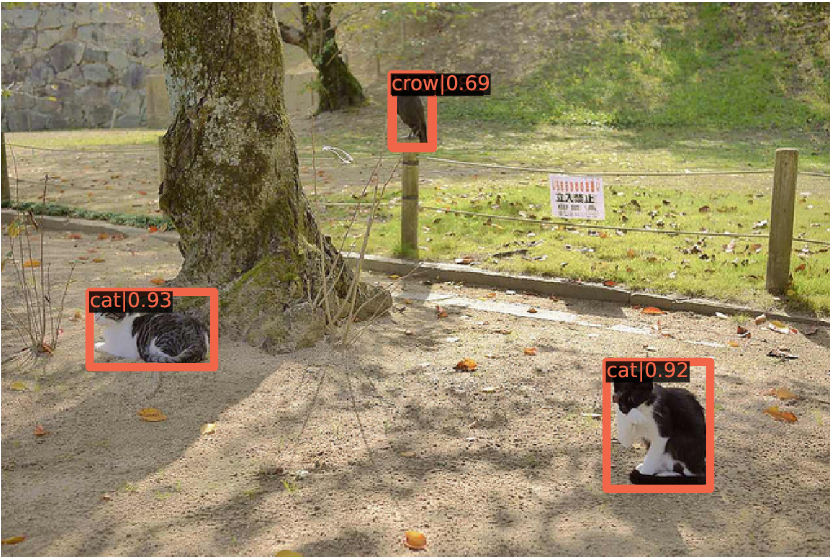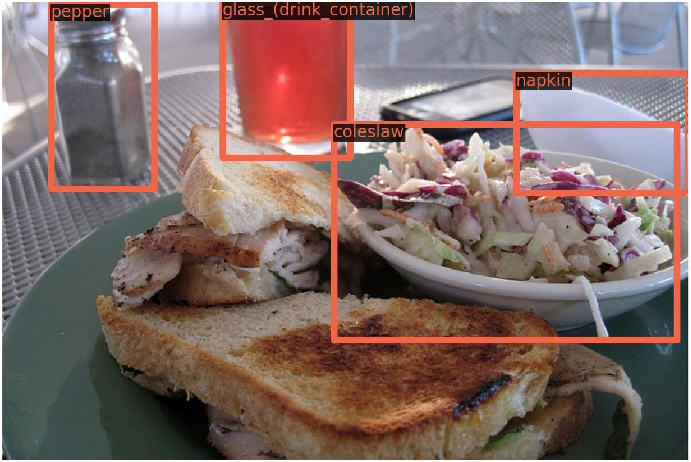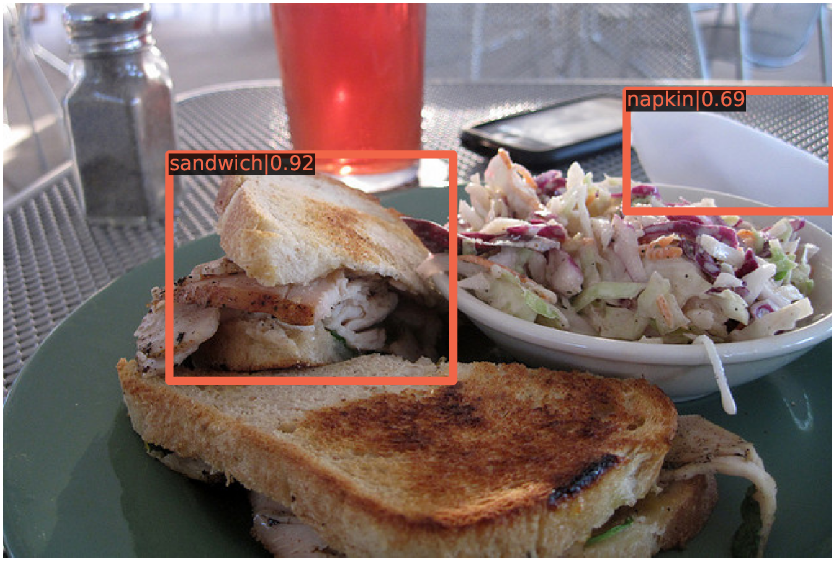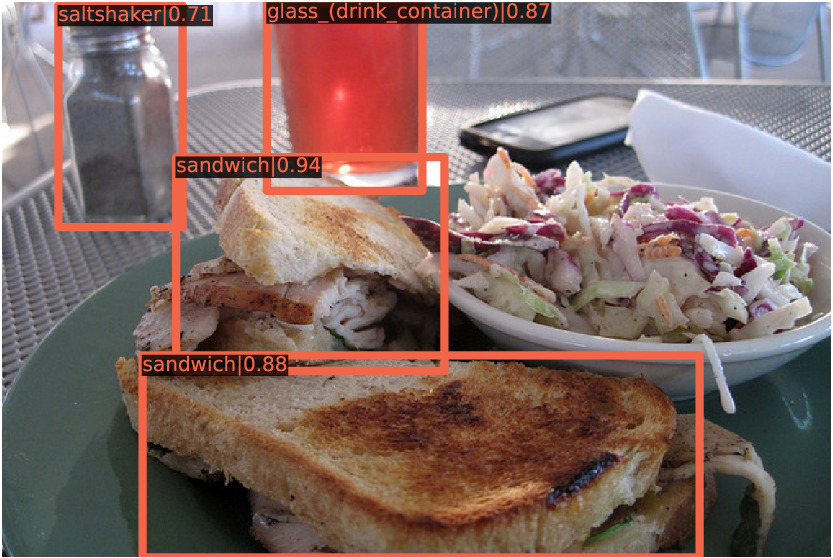Balanced Classification: A Unified Framework for Long-Tailed Object Detection (2308.02213v1)
Abstract: Conventional detectors suffer from performance degradation when dealing with long-tailed data due to a classification bias towards the majority head categories. In this paper, we contend that the learning bias originates from two factors: 1) the unequal competition arising from the imbalanced distribution of foreground categories, and 2) the lack of sample diversity in tail categories. To tackle these issues, we introduce a unified framework called BAlanced CLassification (BACL), which enables adaptive rectification of inequalities caused by disparities in category distribution and dynamic intensification of sample diversities in a synchronized manner. Specifically, a novel foreground classification balance loss (FCBL) is developed to ameliorate the domination of head categories and shift attention to difficult-to-differentiate categories by introducing pairwise class-aware margins and auto-adjusted weight terms, respectively. This loss prevents the over-suppression of tail categories in the context of unequal competition. Moreover, we propose a dynamic feature hallucination module (FHM), which enhances the representation of tail categories in the feature space by synthesizing hallucinated samples to introduce additional data variances. In this divide-and-conquer approach, BACL sets a new state-of-the-art on the challenging LVIS benchmark with a decoupled training pipeline, surpassing vanilla Faster R-CNN with ResNet-50-FPN by 5.8% AP and 16.1% AP for overall and tail categories. Extensive experiments demonstrate that BACL consistently achieves performance improvements across various datasets with different backbones and architectures. Code and models are available at https://github.com/Tianhao-Qi/BACL.
Sponsor
Paper Prompts
Sign up for free to create and run prompts on this paper using GPT-5.
Top Community Prompts
Collections
Sign up for free to add this paper to one or more collections.


